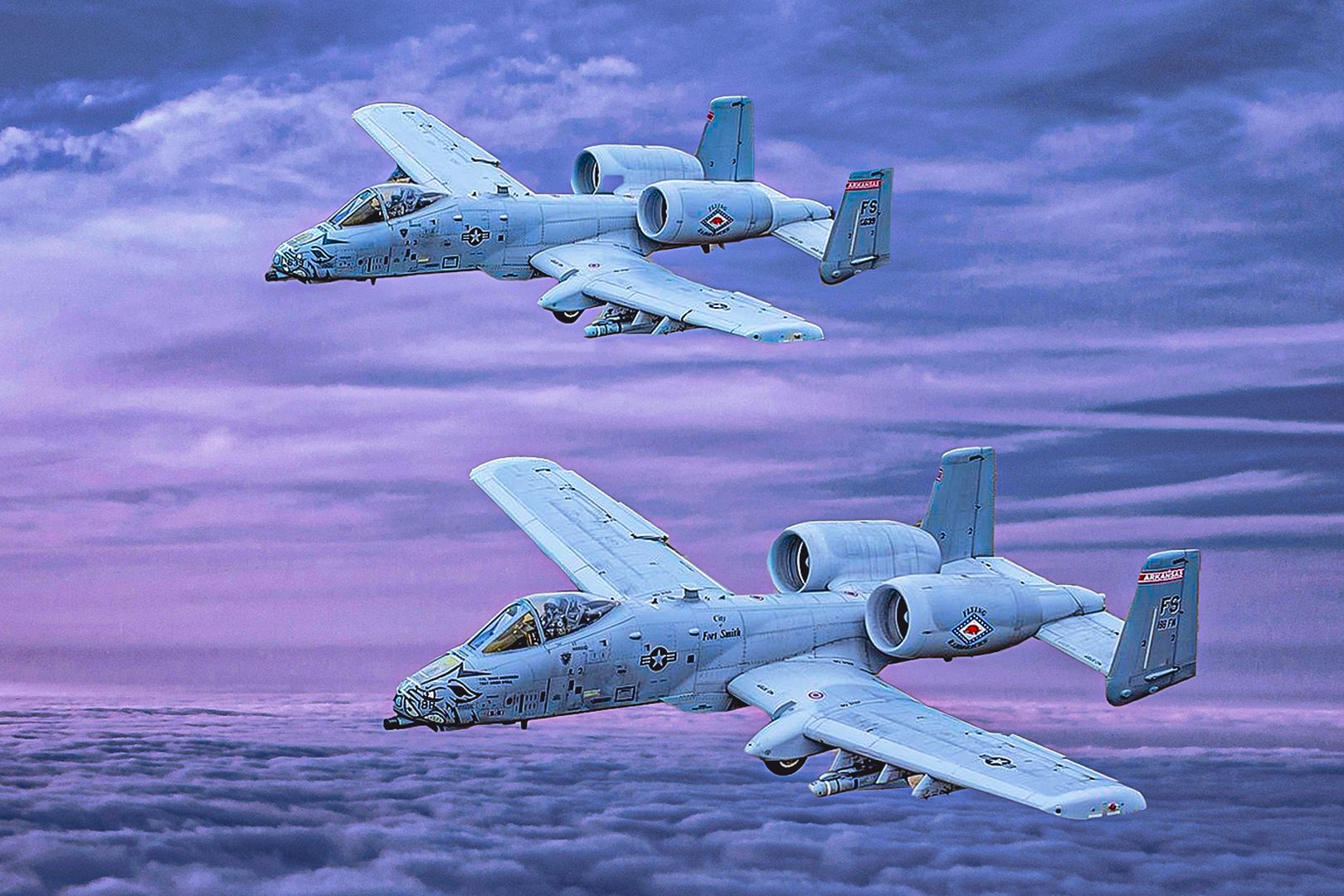Summary Attack aircraft like the A-10 and Su-25 are disappearing without direct replacements, affecting close air support capabilities. The A-10 has a specialized role as a dedicated ground attack airplane, excelling in Desert Storm but facing survivability concerns. Multirole fighters, helicopters, and drones will fill the gap left by retiring attack aircraft.
Attack aircraft have long been one of the main types of fighter jets , but it seems they are a dying breed and will disappear in the coming years. Since the 1960s, the world has seen only two types of dedicated attack aircraft widely introduced - the Fairchild Republic A-10 Thunderbolt II (in phased retirement) and the Soviet Sukhoi Su-25 Frogfoot (actively fighting almost every day). However, both aircraft are out of production, and there are no directly planned replacements.
Attack airplanes To be sure, other aircraft can perform close air support attack roles. Many multirole fighters, various trainer/light attack aircraft, the formidable AC-130 gunship, and attack helicopters like the Apache and the Russian Ka-52 Alligator can do that. However, none of these are dedicated ground attack airplanes in the same way the A-10 and Su-25 are.
After all, the A-10 is the only aircraft in the US inventory that is purely designated "A" for attack. The definition of attack aircraft, according to the Encyclopedia Britannica , is a " type of military aircraft that supports ground troops by making strafing and low-level bombing att.

















